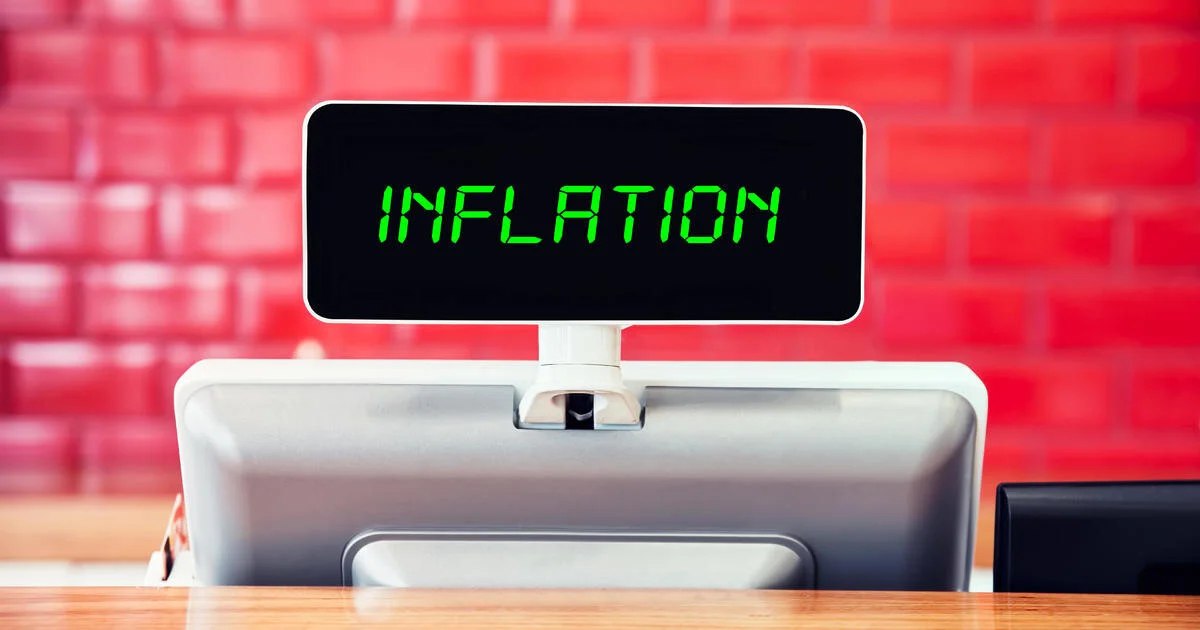In March, I wrote about how investors should prepare for inflation and then two months later, I wondered whether high prices would persist. So far, the answer to that question is a resounding, “at least for a while!”
The Consumer Price Index (CPI), which measures what people pay for all goods and services, soared by 5.4 percent in June from a year ago, the strongest annual pace since August 2008, when crude oil spiked above $100/barrel. The core CPI, which strips out the volatile food and energy components, rocketed up by 4.5 percent from a year ago, a 30-year high.
While these numbers are eye-popping, Federal Reserve Chair Jerome Powell does not seem particularly stressed out. In his recent testimony before Congress, he told lawmakers that inflation “has been higher than we’ve expected and a little bit more persistent,” but he also reiterated that the gang at the central bank believe that much of the price surge is due to transitory factors.
One argument for a chunk of the price increase being temporary is that the current inflation data compare where we are today with the depressed numbers from the pandemic last year, when the economy shut down and prices plunged. But Econ 101 laws of supply and demand are also playing a role in rising prices. Powell noted that the economy has run headfirst into a “perfect storm of high demand and low supply.”
He’s right, of course, because as the economy has reopened from the COVID-shutdown, consumer demand is red-hot. With $2 trillion in excess savings, we have collectively ditched our paper towel and disinfectant spending and replaced it with all those fun things that we couldn’t do for 16 months, like dining in restaurants, visiting salons, and traveling.
The big question, according to Capital Economics, “is whether the prices of things like hotel rooms and air fares simply return to pre-pandemic levels or, as we’ve seen with car rentals, whether pent-up demand will cause a temporary overshoot?”
Economists concede that supply chain issues could remain with us longer than economists thought. Two examples are lumber futures, which have fallen by nearly 70 percent from the pandemic peak of $1,711.20 but remain well-above pre-pandemic levels, and semiconductors, where a global shortage persists. The latter has caused motor vehicle production to stall, and as a result, has prompted would-be buyers to scorch the earth to find a used car or truck for their summer getaways. Used vehicle prices are now a whopping 40 percent above the pre-pandemic level.
Adding to the inflationary pressure are wages, which are also rising. In a rare, Onion-esque sarcastic headline, the left-leaning Economic Policy Institute recently wrote, “Newsflash: Higher pay attracts workers”. While some companies can absorb those higher employee costs, others are passing them along to consumers, which Economist Diane Swonk of Grant Thornton believes could mean that “some of the inflation we are experiencing could linger.”
Will it linger long enough to prompt the Fed to act? There is near consensus that the central bank will begin reducing bond purchases as soon as Q4, but if inflation is sticky, there will be mounting pressure for officials to raise interest rates, which some fear could dampen economic growth. While a rise in rates is unlikely to cause a recession, higher rates could shave growth to around 6.5 percent or less this year (after contracting by 3.5 percent in 2020), which would be lower than earlier estimates of more than 7 percent.
![Jill on Money [ Archive]](http://images.squarespace-cdn.com/content/v1/59efbd48d7bdce7ee2a7d0c4/1510342916024-TI455WZNZ88VUH2XYCA6/JOM+Blue+and+White.png?format=1500w)
